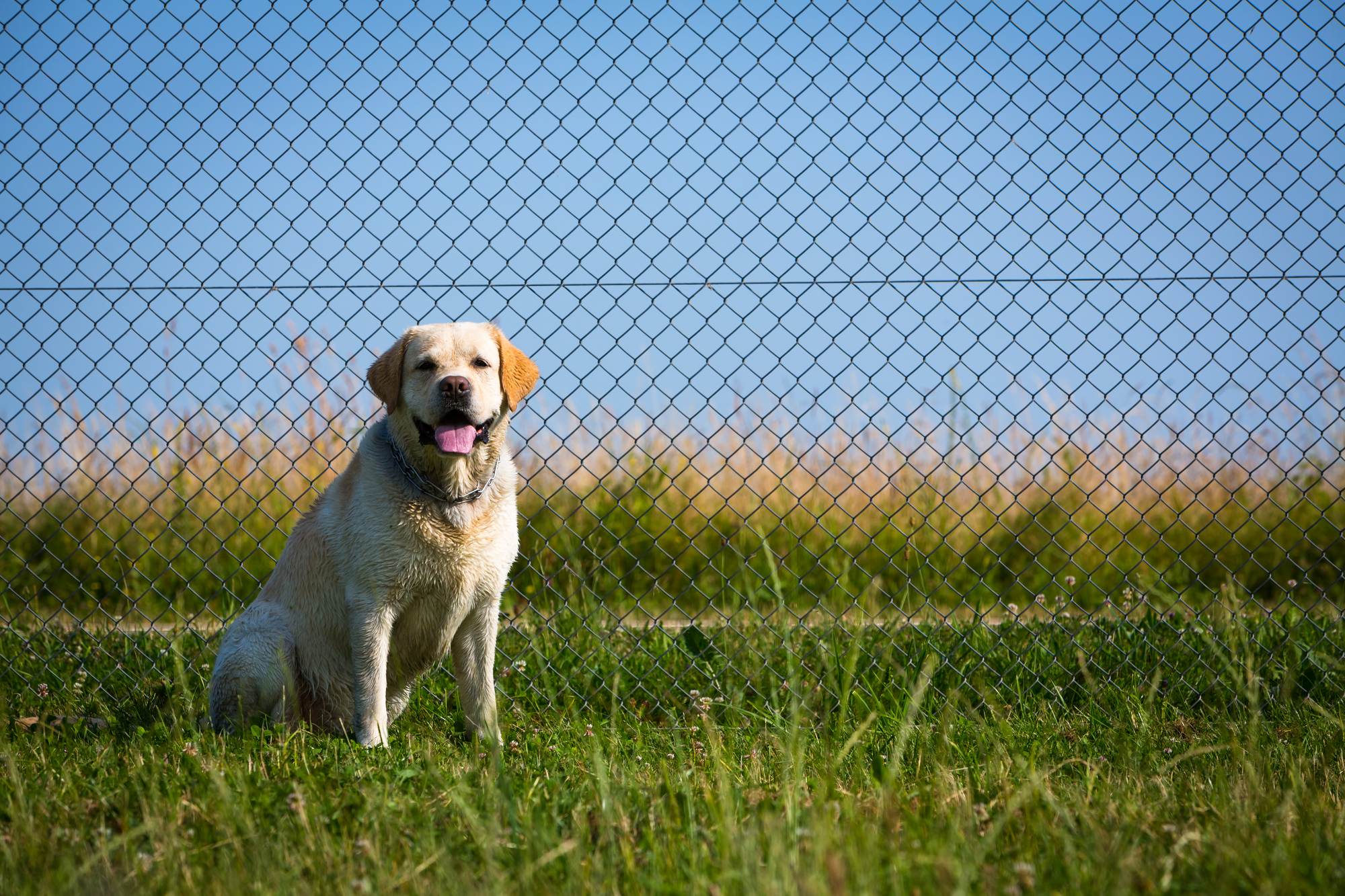One of the cornerstones of a successful enclosed field for dogs is the fencing. It’s not just about keeping dogs in; it’s about ensuring their safety and peace of mind for their owners. This guide will navigate you through selecting the best fencing options for your enclosed dog field.
Types of Fencing
Deer Fencing: Ideal for large areas, offering visibility while keeping dogs secure. Its height is a deterrent for even the most ambitious jumpers.
Chain Link: A durable and cost-effective option, chain link fencing is robust against wear and tear, making it suitable for energetic dogs.
Post and Rail with Stock Fencing: This traditional style provides a strong barrier and can be enhanced with wire mesh to prevent smaller dogs from squeezing through gaps.
Considerations for Choosing Fencing
Height: Most dog owners expect fences to be at least 4ft high, with many preferring 6ft to prevent their pets from jumping over.
Durability: The fencing material should withstand the elements and the potential roughhousing from its canine users.
Visibility: While security is paramount, maintaining visibility helps monitor dogs within the field and enjoy the scenic beauty of the surroundings.
Budgeting for Fencing
For a practical approach to fencing, budgeting is crucial. An average of 250m of fencing per acre is recommended, with consideration for the spacing between posts and the number of gates required. Websites like www.sure-green.com and www.mesh-direct.com offer valuable resources, advice, and competitive pricing for various fencing needs.
Conclusion
Choosing the right fencing for your enclosed dog field is a balance between safety, aesthetics, and budget. By considering the specific needs of your intended users and the characteristics of your site, you can create a secure and welcoming space for dogs to enjoy.

